This week, we depart for a visit to South Carolina to see the great sweep of bird migration that ripples across the shores of the Atlantic Ocean. We feel fortunate to be able to visit the east coast and spend time near the ocean. This sea is very different from the sea of corn and soybeans we inhabit in IL. The coast still retains a little wildness and, lucky for us, flocks of Red Knots. These birds have taken on great significance for us; they are a proxy for the plight of birds in general.
We moved to our current home in central Illinois for work. Here we are twenty years later with good jobs, kids in college, a beautiful house and garden, and great friends. We are awash in gratitude and frustration. This is the nature of life. The once vast prairies of Illinois used to teem with life. Now they are gone, decimated by industrial agriculture and our story of progress. The landscape is a toxic clean slate that makes me feel out of place.
It is easy to romanticize areas where there are more natural features left on the landscape; however, the same forces that destroyed the prairie are at work across the world. In some ways, places like the coast of South Carolina are more challenging to inhabit. You are faced with the active decline of beauty on a daily basis. The prairie in Illinois has been gone for a hundred years; it is out of mind for most people. I do wonder how a wild landscape would shape my thoughts and experience of life. What would it draw out of me?
“One of the great dreams of man must be to find some place between the extremes of nature and civilization where it is possible to live without regret.”
Barry Lopez
I also know that wherever I go, I bring the same perspectives and attitude with me. I am the center of my universe everywhere I go. Maybe I should just double down on curiosity and focus on my little patch of wonder and fully inhabit it.
For me, our garden in the middle of town serves as a refuge, such as it is, bathed in the rumble of traffic, lawnmowers, and leaf blowers. I often wonder why my neighbors love internal combustion so much.
But the roar of engines cannot suppress the miracle of spring that unfurls with flashes of intense beauty. Pear leaves first appear as small green tubes that quickly open over the course of a day to reveal a tender shiny green leaf with a reddish cast. While this is happening, the flowers follow the same trajectory. They appear as small white buds and then quickly open to the world, casting their fragrance across the yard and pulling in insects. Over a week's time, the tree goes from winter dormancy to putting on an extravagant display of renewal.

As soon as the tree reaches full bloom, the ephemeral nature of its beauty becomes apparent. The soft luminescent white petals drift through the air as they fall to the earth. The show is over very quickly.
Apple trees follow right behind the pears in a slightly less dramatic fashion. Their small green leaves appear, then expand and grow to full size. The flower buds often show a pink hue before they open and release their sweet fragrance. Bright white tart cherry flowers emerge just behind the apples.
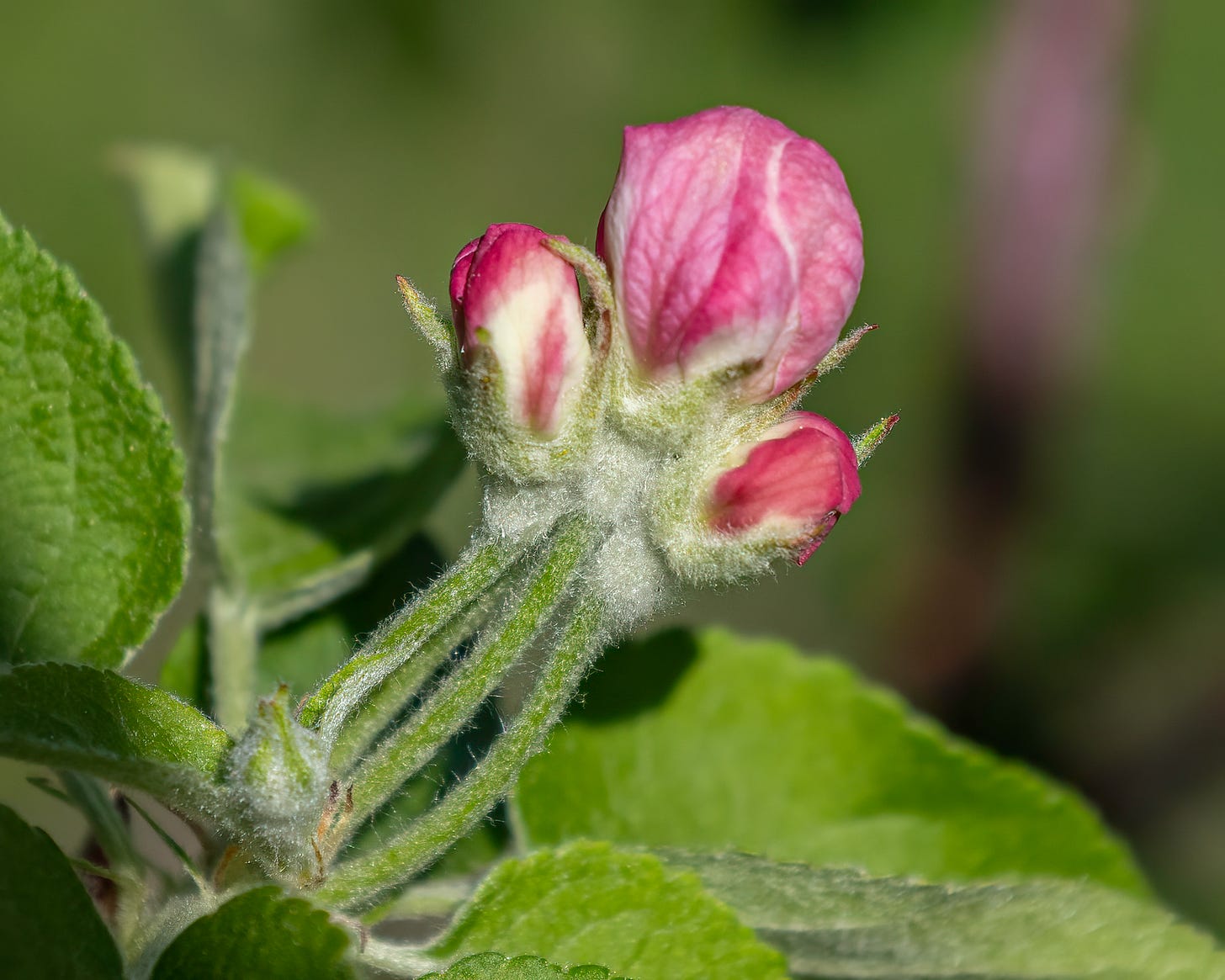
Amidst this beautiful awakening, the shrubs are also coming back to life. Honeyberry flowers first and attracts bumblebees. Black Currant flower buds quickly open to reveal the perfect tiny flowers that precede the blackberries. Gooseberries, clove currants, serviceberry, redbud, white currants, and red currants are all flowering at this same time. In the understory, the spring ephemerals and herbs are springing forth with great speed. Bluebells, spring beauty, and many others are in bloom, and the birds are singing with gusto. What more could we ask for?
Do you love this world? Do you cherish your humble and silky life? Do you adore the green grass, with its terror beneath? Do you also hurry, half-dressed and barefoot, into the garden, and softly, and exclaiming of their dearness, fill your arms with the white and pink flowers, with their honeyed heaviness, their lush trembling, their eagerness to be wild and perfect for a moment, before they are nothing, forever?
Mary Oliver
Maybe garden beds full of herbs, vegetables, strawberries, and bright green spears of asparagus. Sorrel, green onions, mint, chicory, lettuce, mache, spinach, arugula, cilantro, and garlic chives - all featured in our salads, tea, and other dishes this time of year.
Arugula is particularly nice in early spring, and the subtle sweetness of the flowers combined with a hint of its characteristic spiciness is a sublime treat. Asparagus defies description. It is so good, we all go out and admire it as it first appears, and we know it will not be long before we are snapping spears and admiring them with our taste buds. The prairie loam still produces a little wildness. Your body senses it in the ineffable quality of the plants that grow in it.
The deep fertility of our soils is a gift of the prairie and indigenous tribes that managed this landscape for thousands of years. Holding on to this thread of stewardship, care, and connection to place keeps us rooted in the Midwest. We are Midwestern to the core.




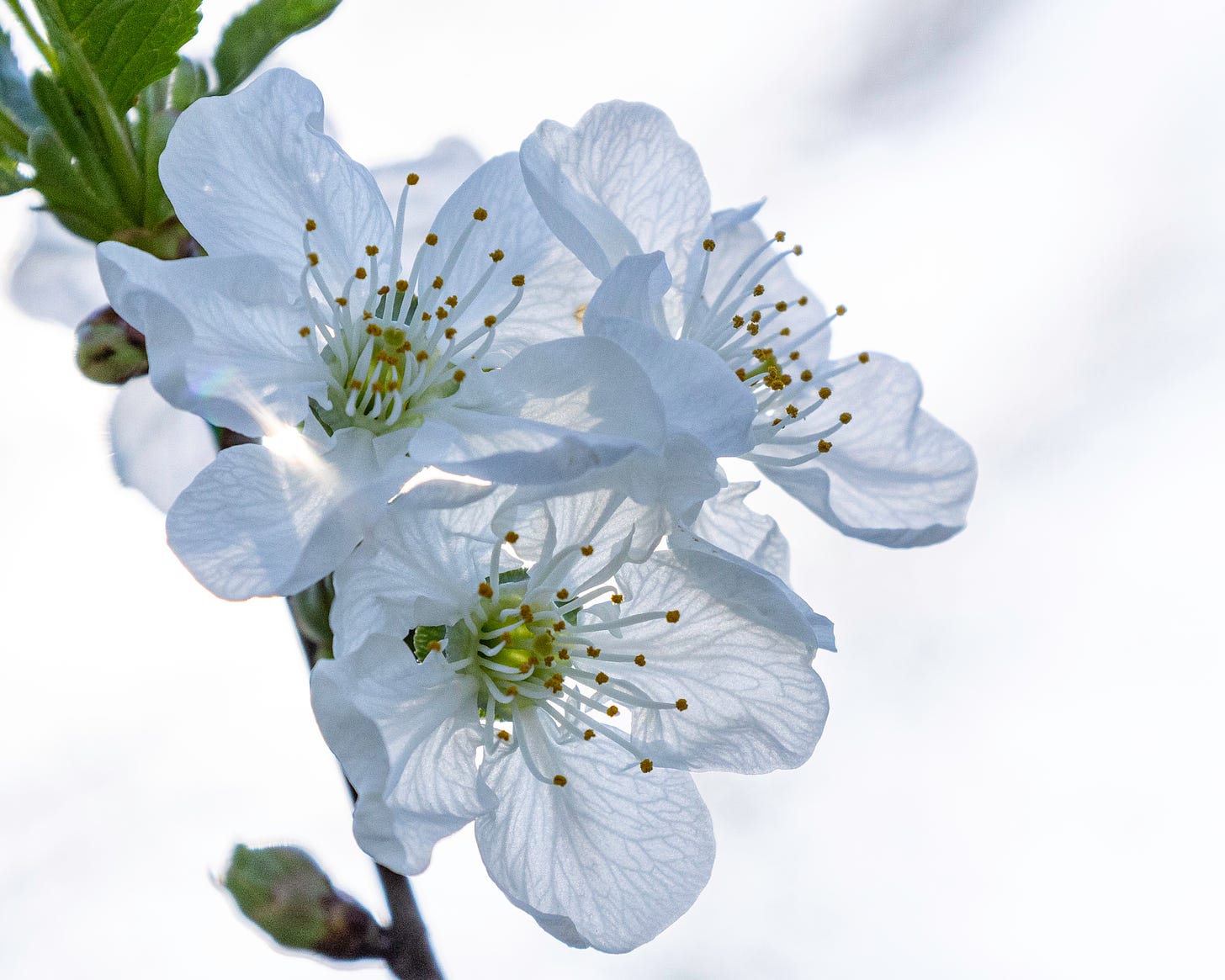
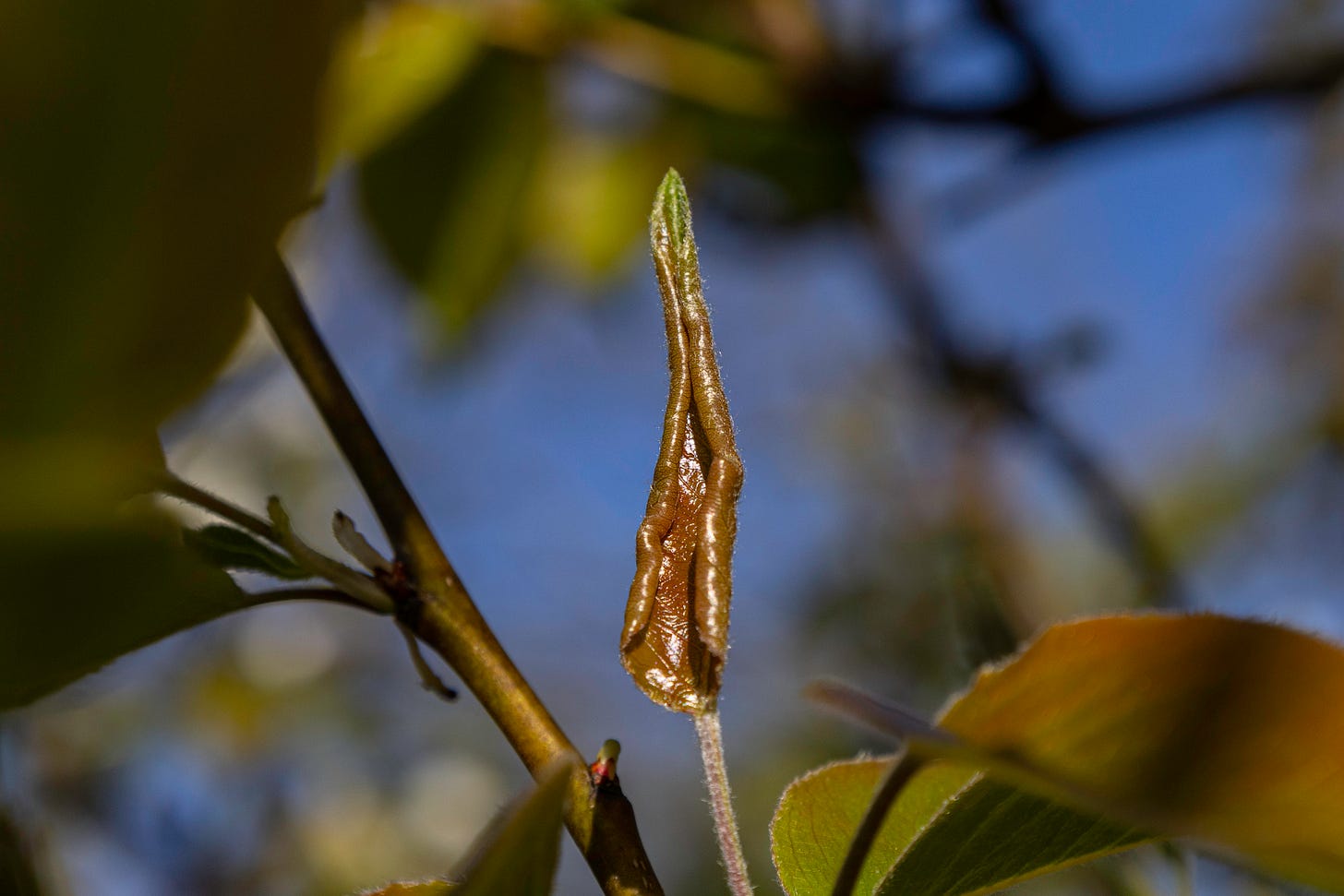
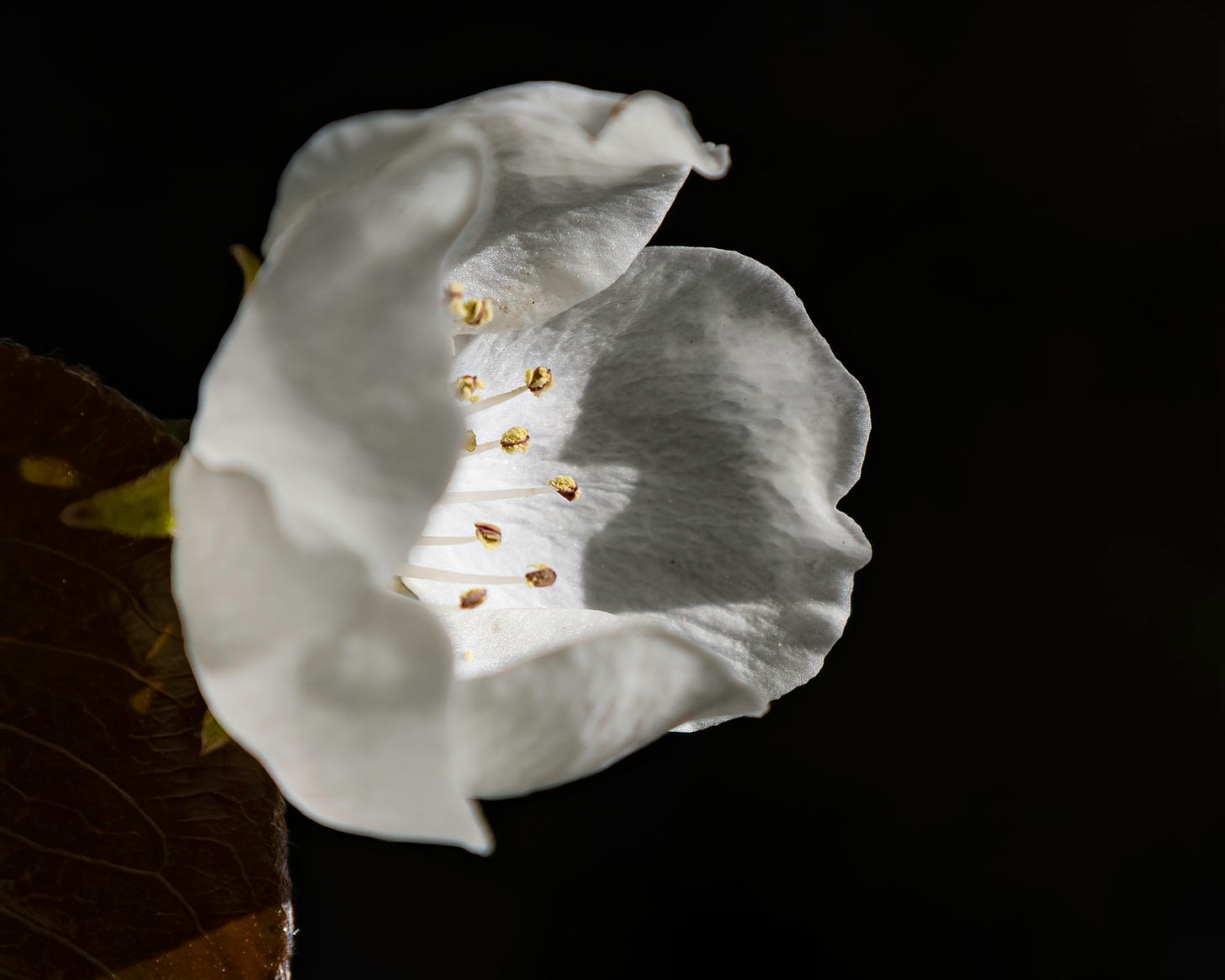
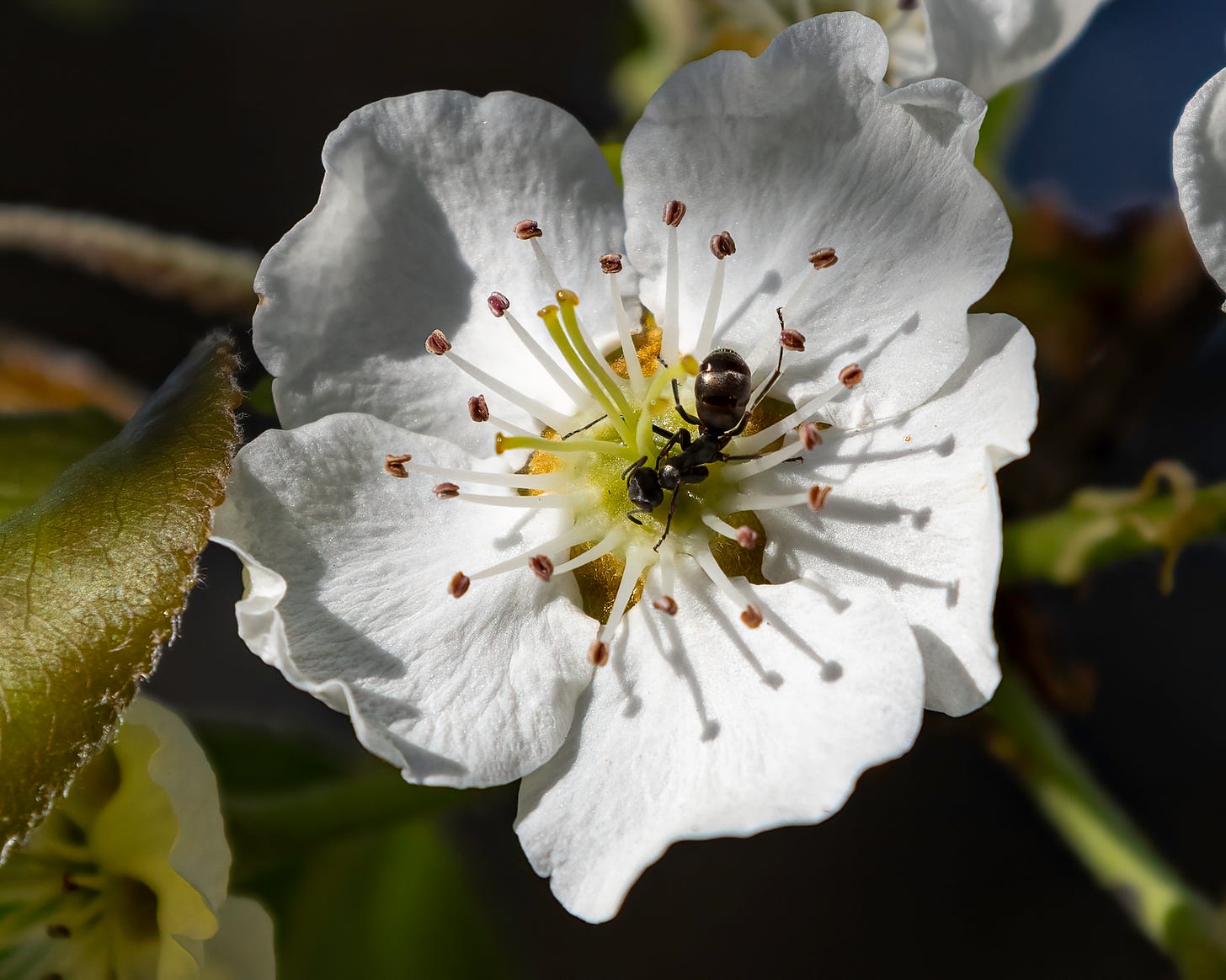
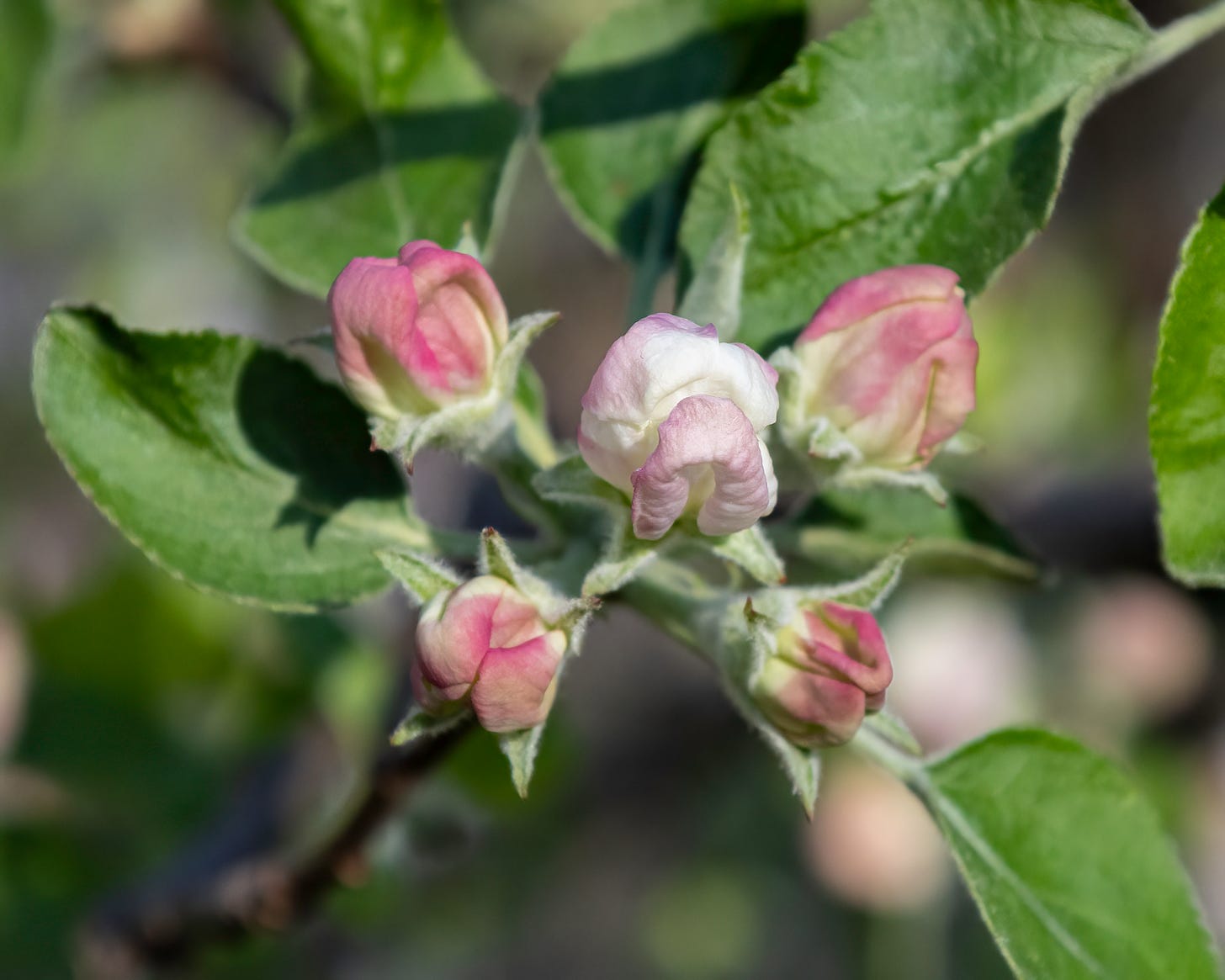

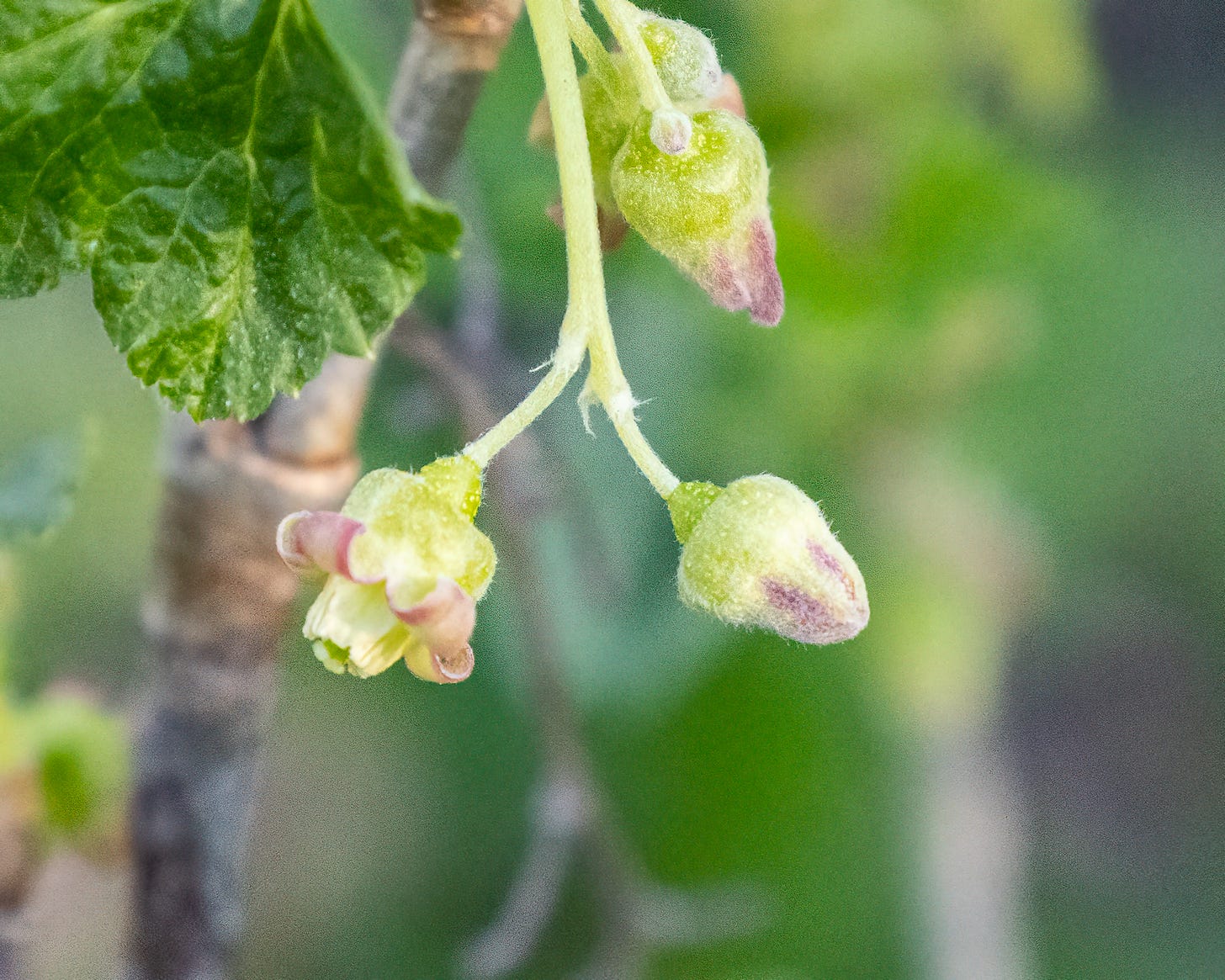
I’m looking forward to our trip! It’s easy to despair for the future of birds, so it’s important to find pockets of nature where you can see the spectacle of migration in a beautiful setting.
Thanks once more for sharing your thoughts.